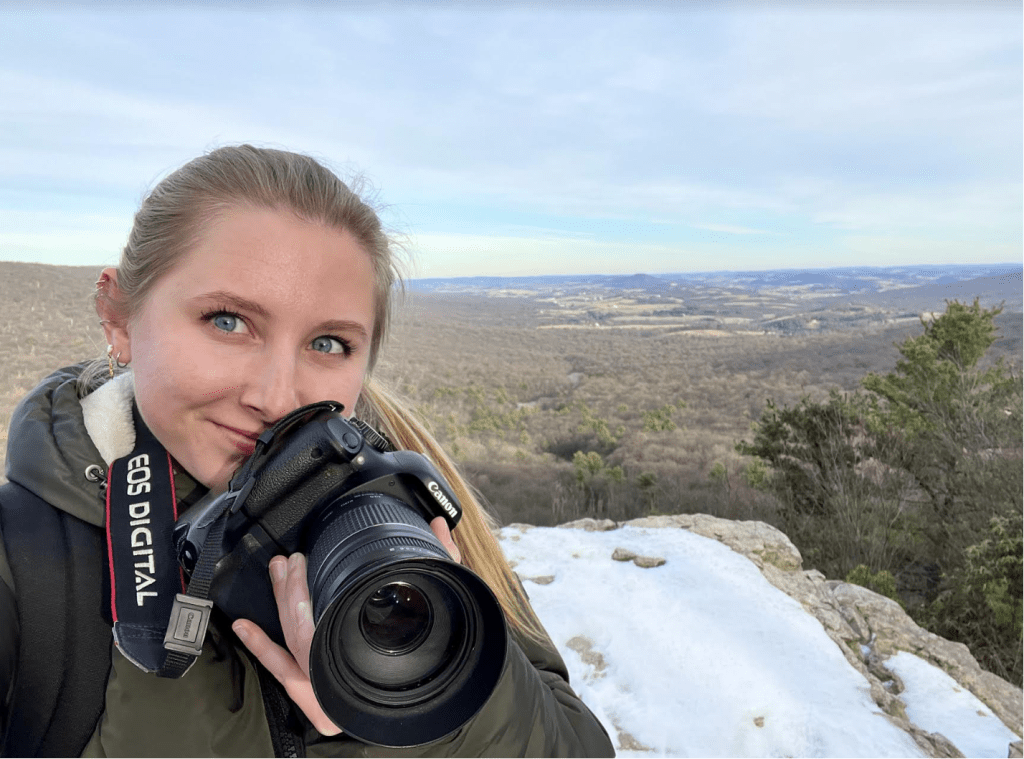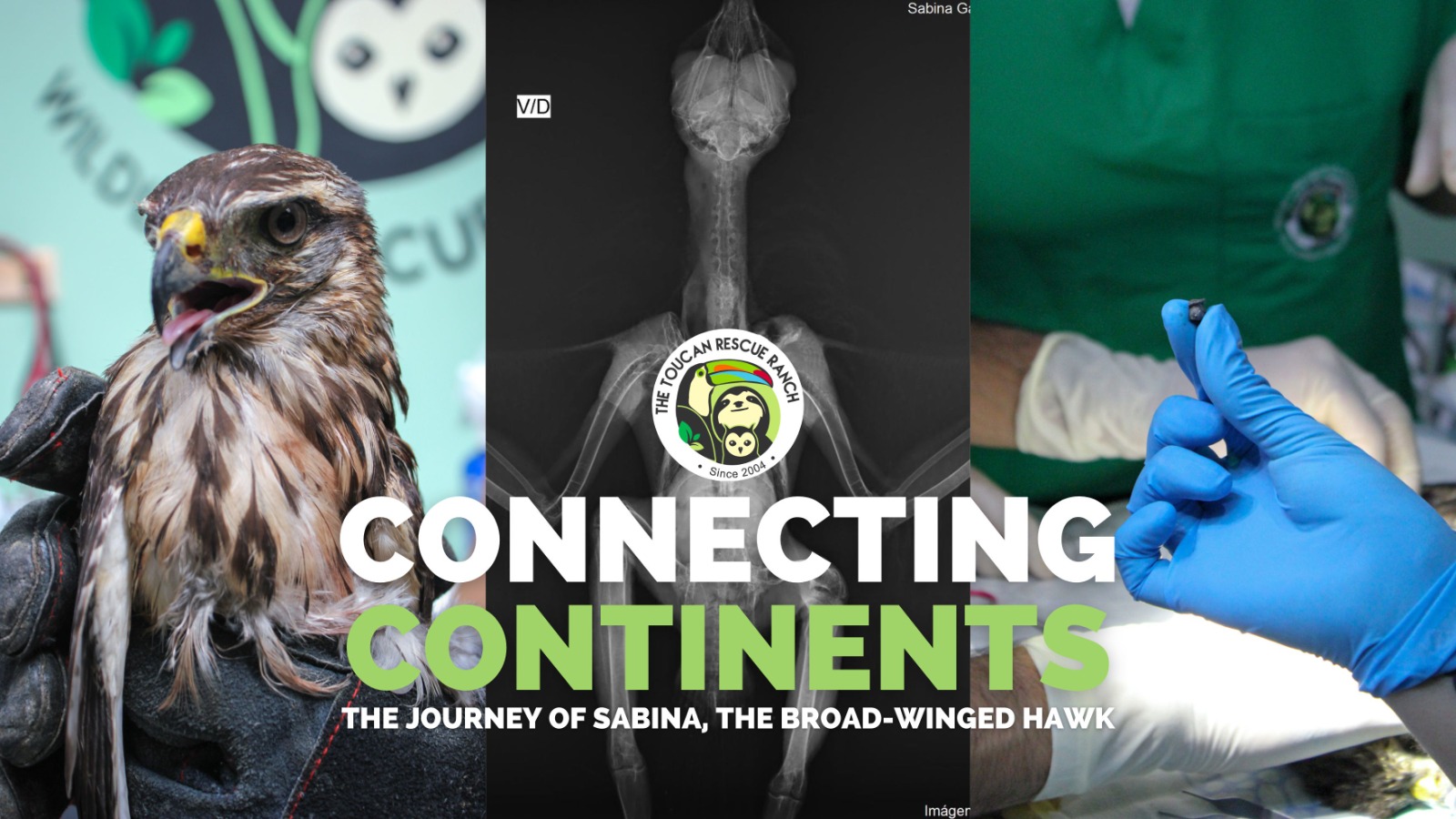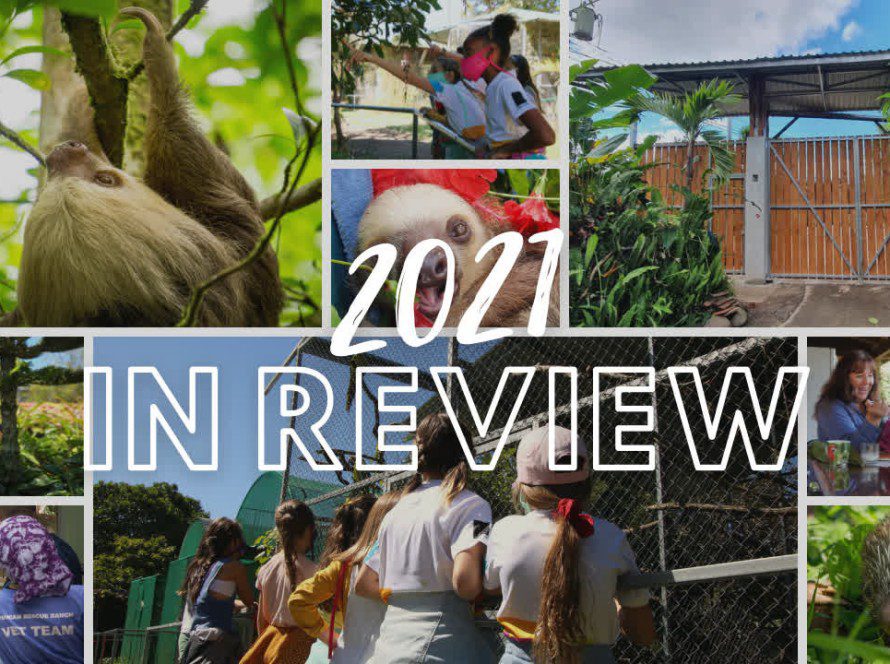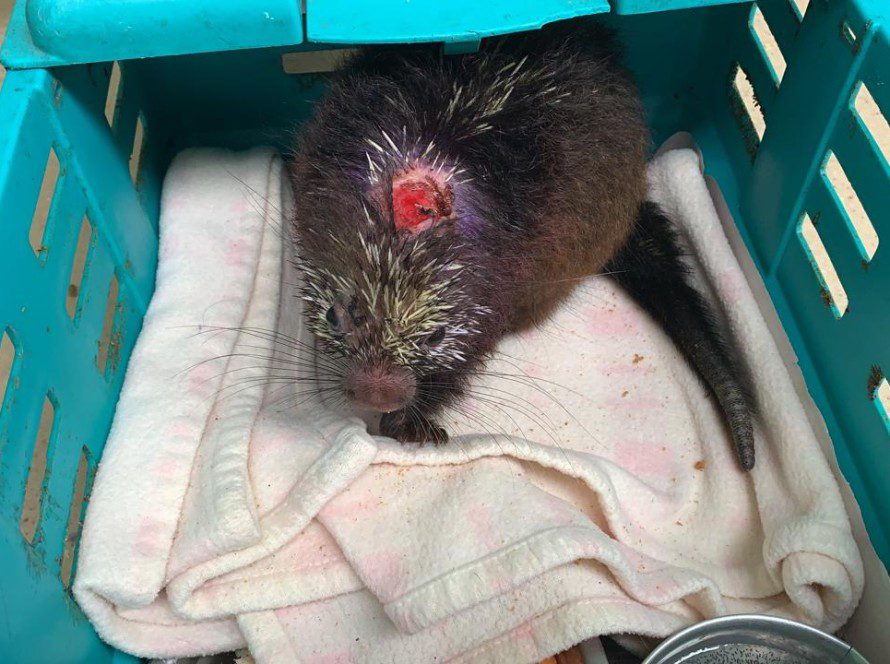As a wildlife rescue center that specializes in birds of prey, we see a variety of raptor species come through our clinic doors, but that diversity always increases during migration.
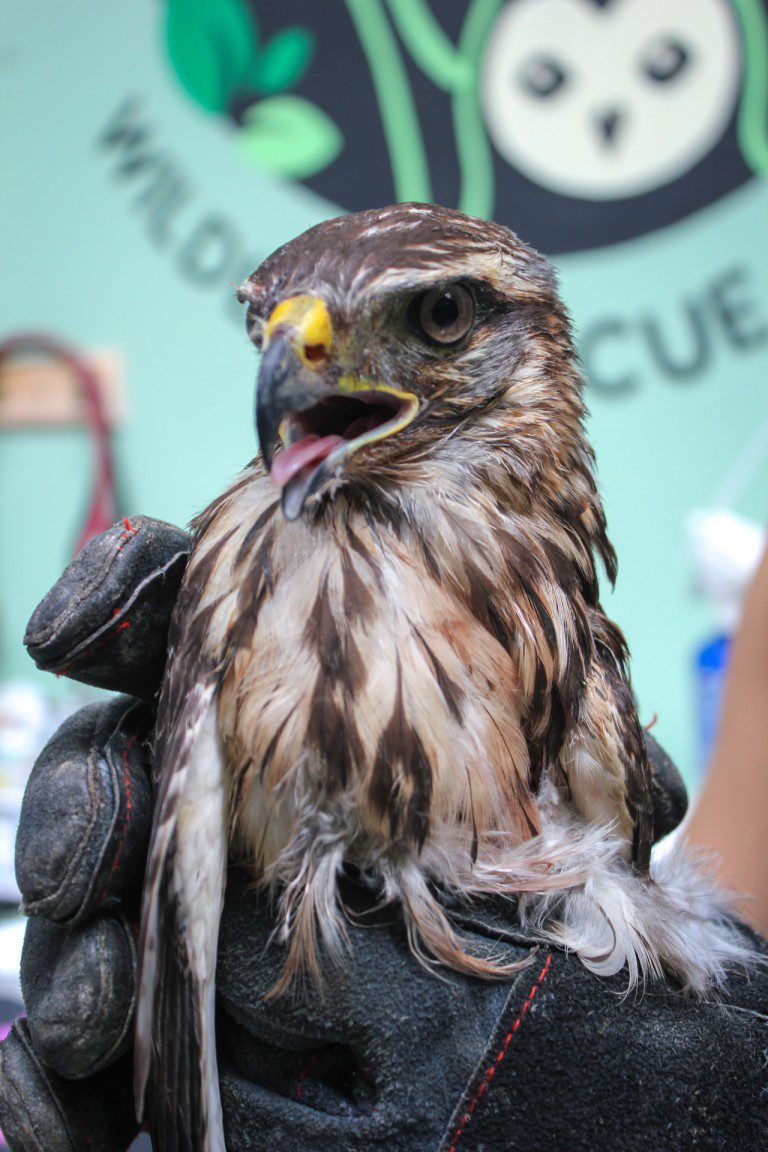
The latter is the case for a juvenile broad-winged hawk who was dropped off at our Release Site in early October.
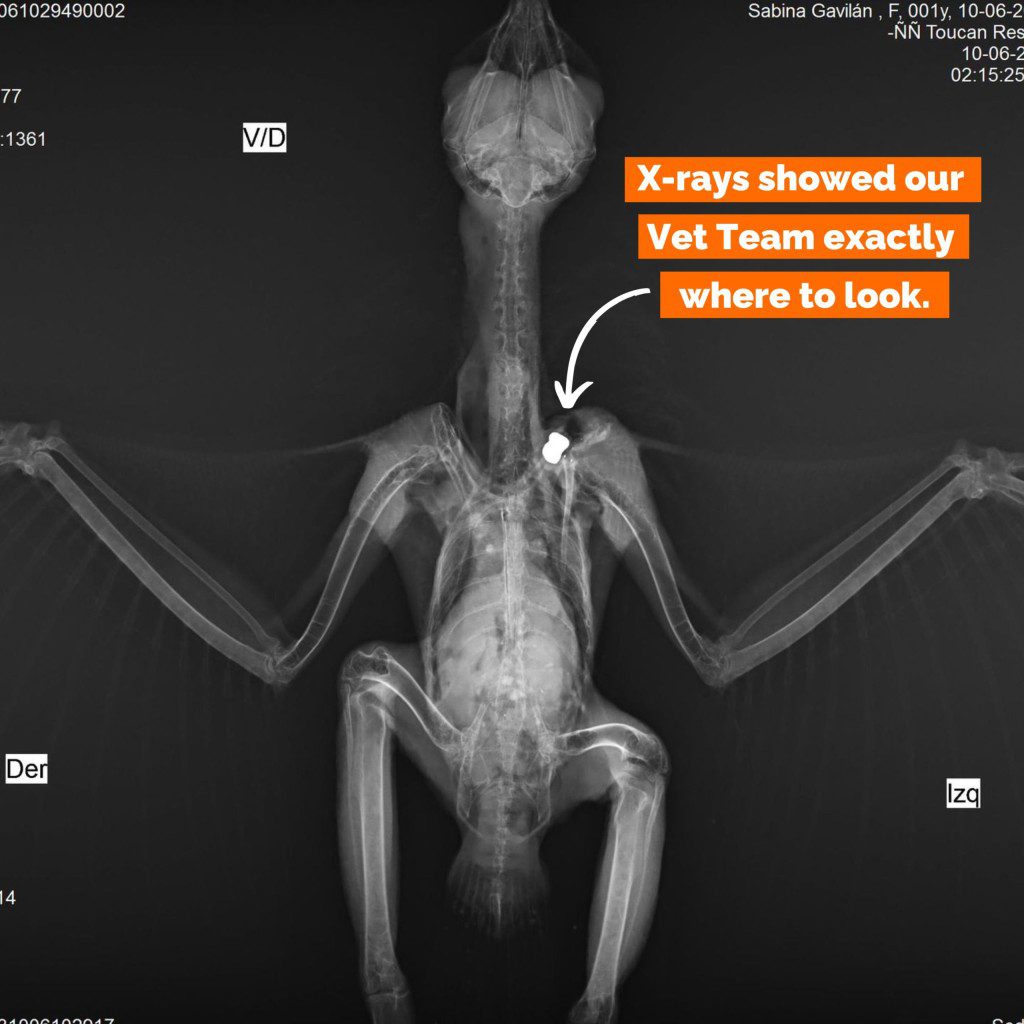
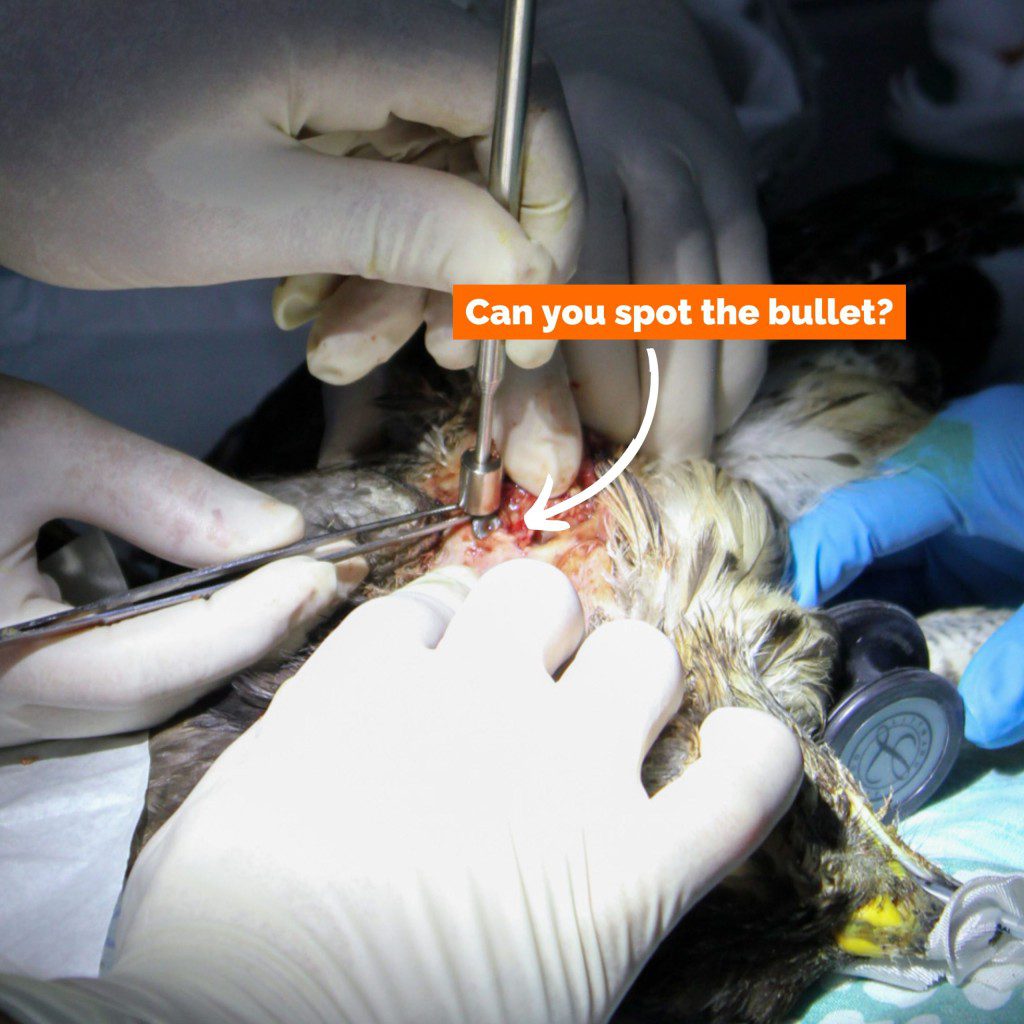
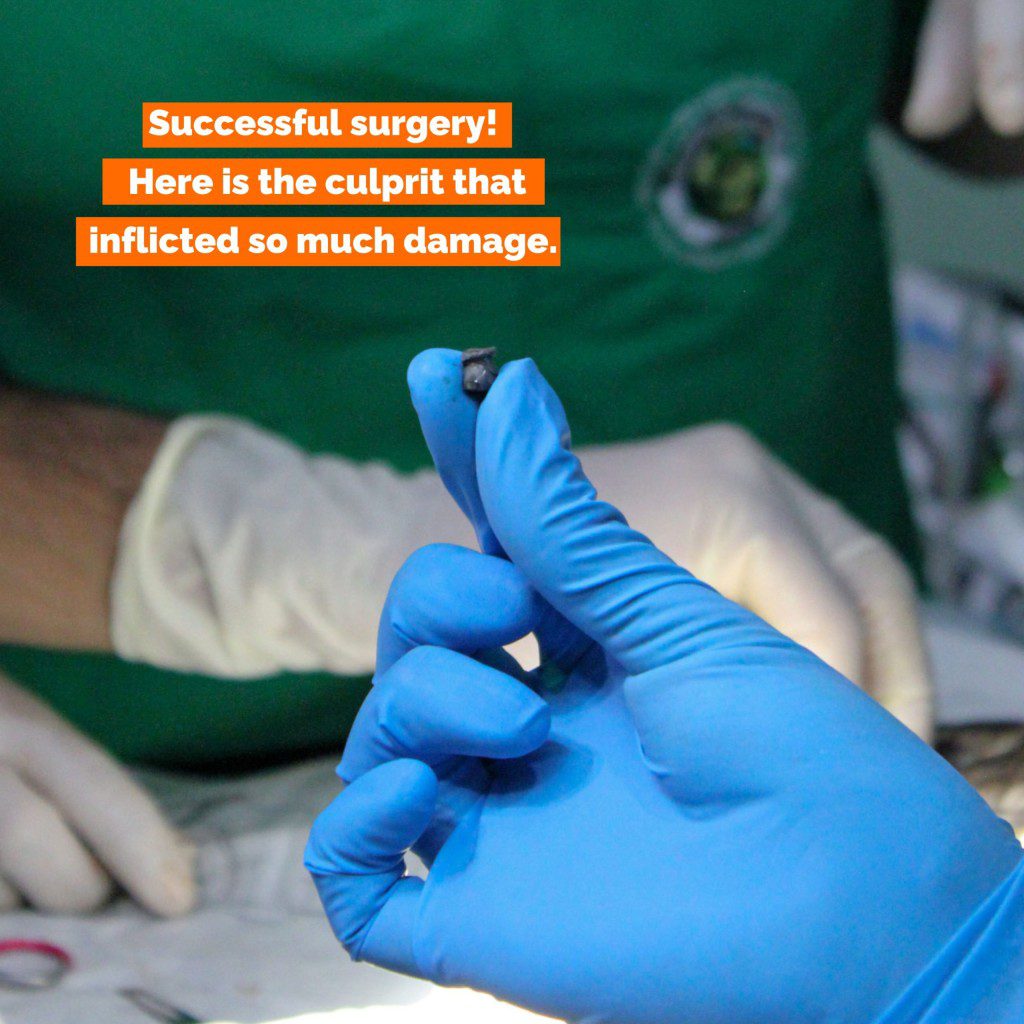
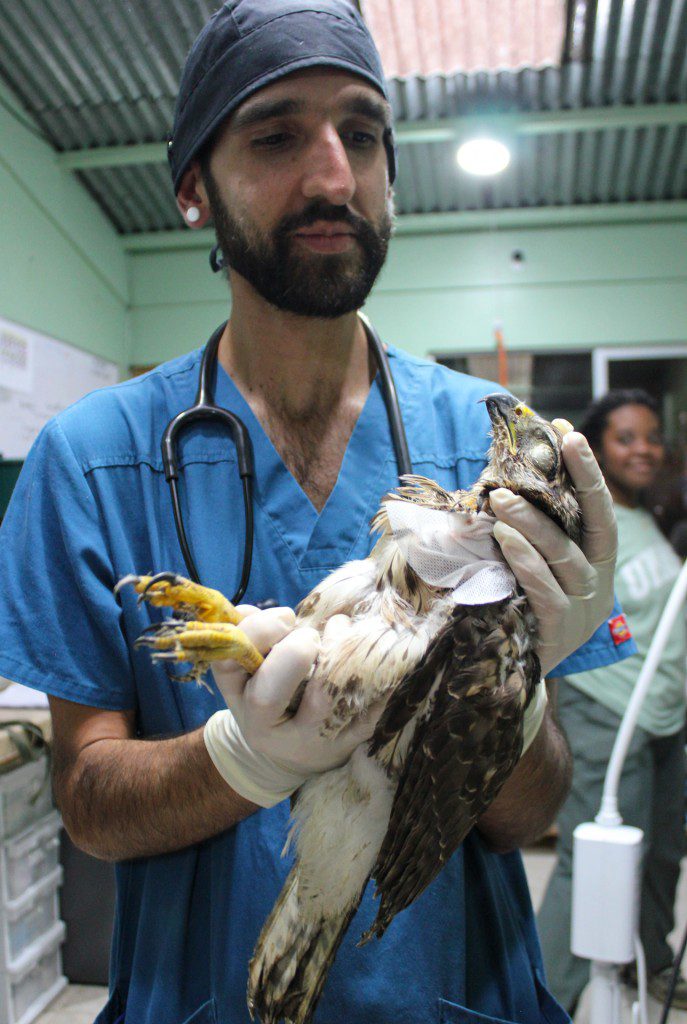
Since surgery, Sabina has remained in stable condition. He has been active and maintained a healthy appetite throughout the entire healing process. His strength and composure have been inspiring, as most birds that go through such high-stress situations would likely not survive, but Sabina is a fighter.
Seeing as Sabina cannot be rewilded, we are in the process of creating a suitable enclosure for him to live out his days here at TRR as an ambassador for his species. As much as we would like to see him back in the skies where he belongs, we will do everything we can to make the necessary accommodations to keep this special bird comfortable–he deserves it after all he has been through.
We are always up for the challenge of taking on new animals in need, but that often requires a lot of research and a trial period to see what works for each individual case. All of this requires funding. You can help us provide Sabina with the proper diet, enclosure, and enrichment by donating!
Help us give this bird the second chance at life he deserves!
